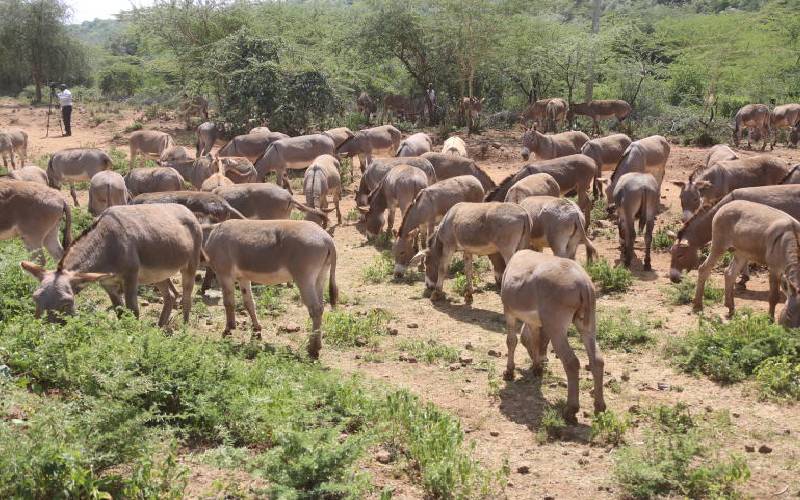×
The Standard e-Paper
Read Offline Anywhere

The uncontrolled legal slaughter of donkeys and trade in its products featured prominently in local and international news last year.
Experts project that in 2020, the situation could get worse as the unchecked slaughter drives the beast of burden to near extinction.